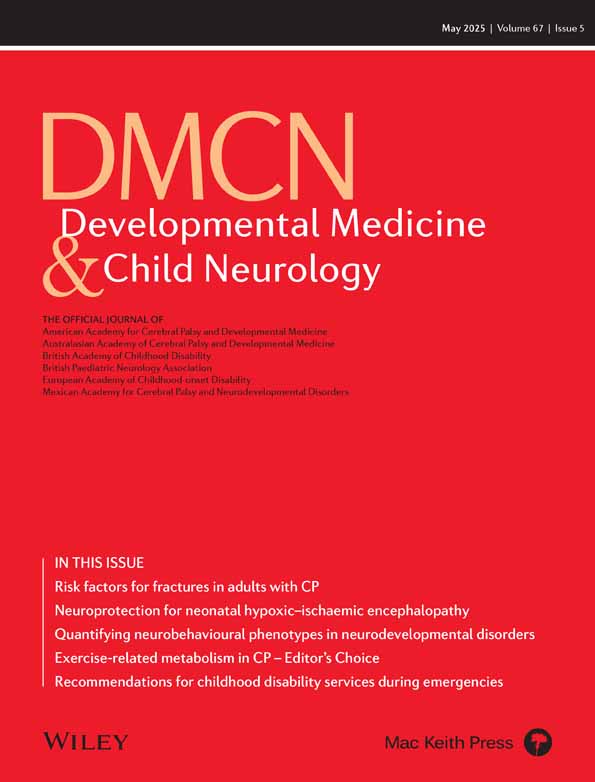General Movements Assessment and Hammersmith Infant Neurological Examination for early diagnosis of cerebral palsy in infants born at term treated with therapeutic hypothermia
Cerebral palsy (CP) is the most common movement disability in children. A common cause of CP is neonatal encephalopathy which results from injury to the developing brain during pregnancy, birth, or shortly after birth. Research has shown that using therapeutic hypothermia (cooling infants) who show signs of neonatal encephalopathy can decrease brain injury. However, despite therapeutic hypothermia, infants are still at-risk for CP and it remains crucial to diagnose CP as early as possible to begin therapy. Our project explored if the use of two types of physical exams, the General Movements Assessment (GMA) and the Hammersmith Infant Neurological Examination (HINE), help predict CP in infants born at term with neonatal encephalopathy who underwent therapeutic hypothermia.
To achieve this goal, we conducted a study looking at 112 infants in our hospital who met specific qualifications for neonatal encephalopathy who underwent therapeutic hypothermia from 2018 to 2022. These infants were then followed-up in our Neonatal Follow-Up clinic at 3, 6, and 9 months of age. Trained physicians and therapists used observation of infant movements for the GMA at 3-month follow-up, and examined infant's posture, tone, reflexes, and movements characterized into a scoring system for the HINE at each follow-up. We used statistical analysis to determine if these exams could help predict CP.





